Can Running Help Relieve the Symptoms of PMS?
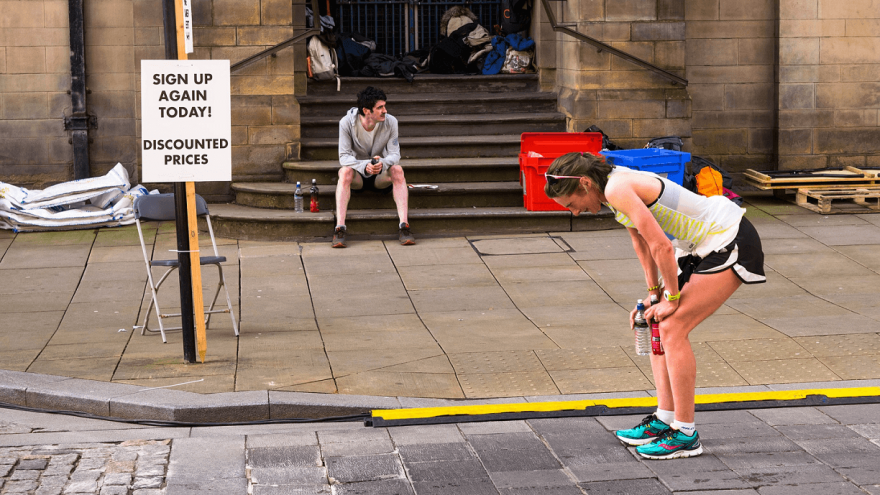
Let’s be honest. Lacing up and heading out for a run is the last thing that comes to mind when you’re in the grip of premenstrual syndrome (PMS). And while curling up on the couch and diving head first into a family-sized tub of ice-cream might seem like the most appealing thing to do, there’s good, scientifically-backed reasons to go for a run instead. No, it’s not an easy choice to make. But, trust us, it’s one you won’t regret.
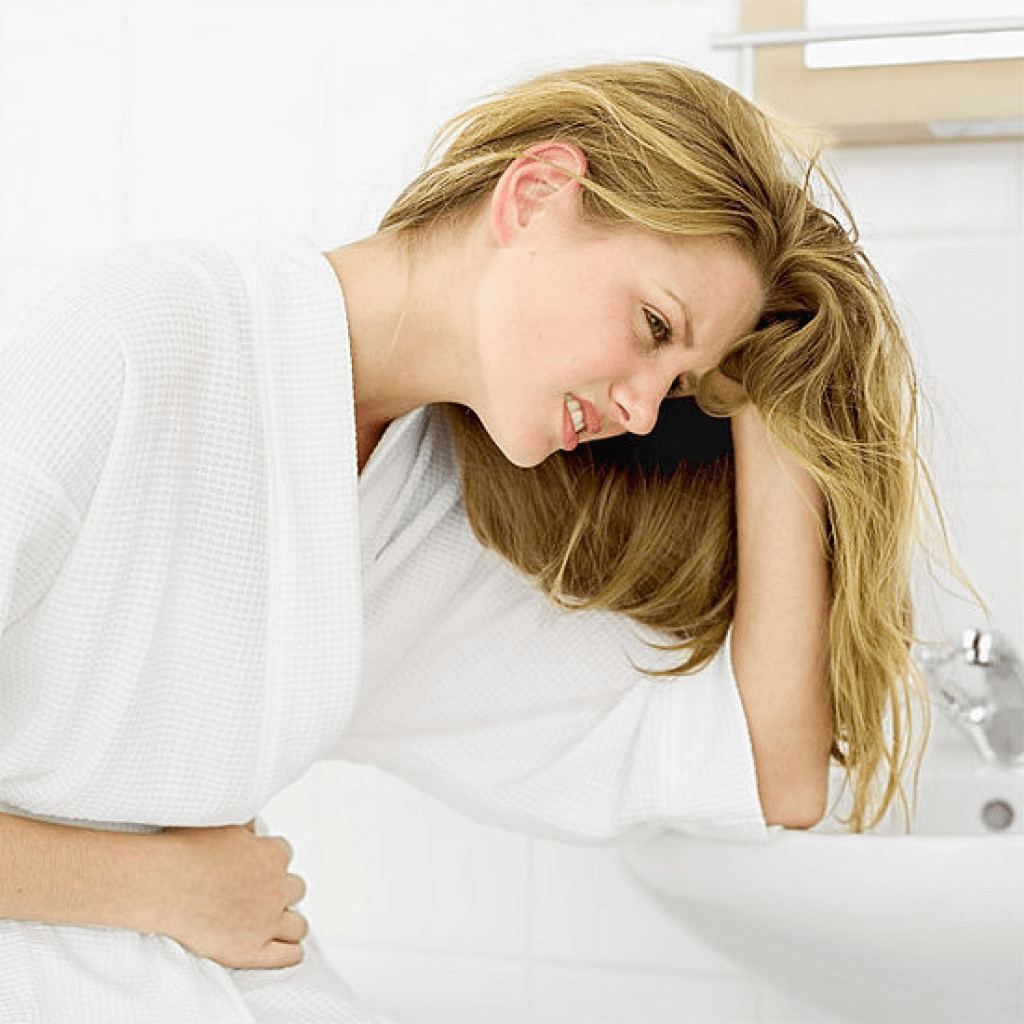
What is PMS?
But before we look at the potential impacts of running on PMS, let’s remind ourselves what exactly PMS is and how it manifests. For most women, the symptoms of PMS show up approximately one week before menstruation and have a physical, emotional and/or behavioral impact. These symptoms include, but are not limited to, the following:
- Breast tenderness
- Bloating
- Cramping
- Aching muscles
- Joint pain
- Headaches
- Swollen hands and/or feet
- Weight gain
- Increased appetite and food cravings
- Spotty skin
- Constipation
- Mood swings
- Crying
- Angry outbursts
- Decreased mental focus
- Interrupted sleep
- Tiredness
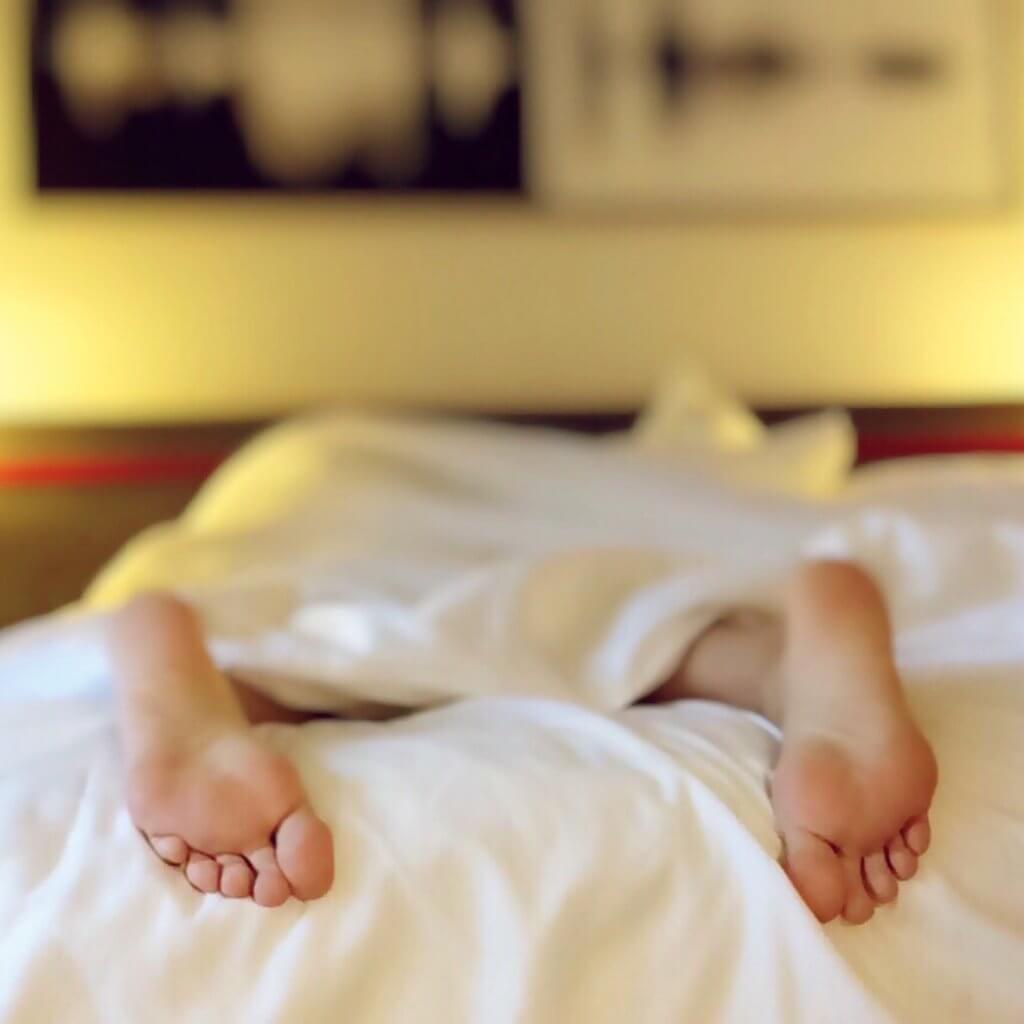
And although most pre-menopausal women tend to experience one or a few of these symptoms in the days leading up to their period, this does not mean that every pre-menopausal woman suffers from PMS. A PMS diagnosis requires the consistent occurrence of some or all of these symptoms in the days before menstruation to such an extent that it interferes with normal, daily functioning.
It is currently estimated that more than 40 million women worldwide suffer from PMS, with approximately 5 million receiving medical treatment for the mental and behavioral changes caused by PMS.
Recommended PMS Management Strategies
And while for many women PMS is an unavoidable part of life, there’s some good news too. A number of simple, inexpensive strategies can be used to manage the symptoms of PMS and make it more tolerable. And although these strategies may not prevent PMS altogether, it can definitely help alleviate the symptoms:
- Follow a wholesome, nutritious diet including plenty of whole grains, fruits and vegetables. Focus on the inclusion of foods high in magnesium, calcium and B-complex vitamins, e.g. green leavy veggies, nuts and beans.
- Exercise at least 30 minutes every day.
- Avoid caffeine and alcohol.
- Limit your salt intake.
- Get enough, good quality sleep.
- Limit stress.
- Don’t smoke.
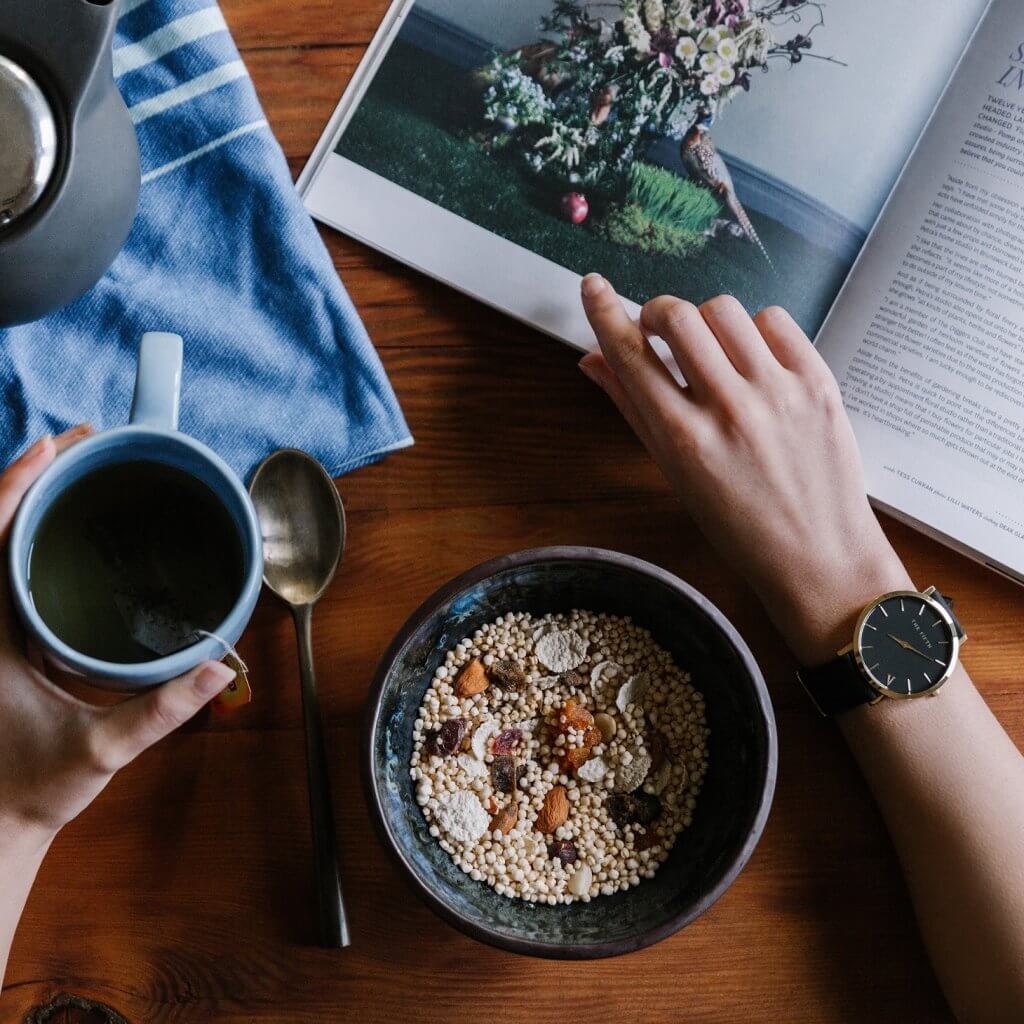
The Impact of Running on PMS
A number of scientific studies have shown that aerobic exercise can be an effective tool in managing PMS, even in non-athletes. But how exactly does exercise counteract PMS symptoms?
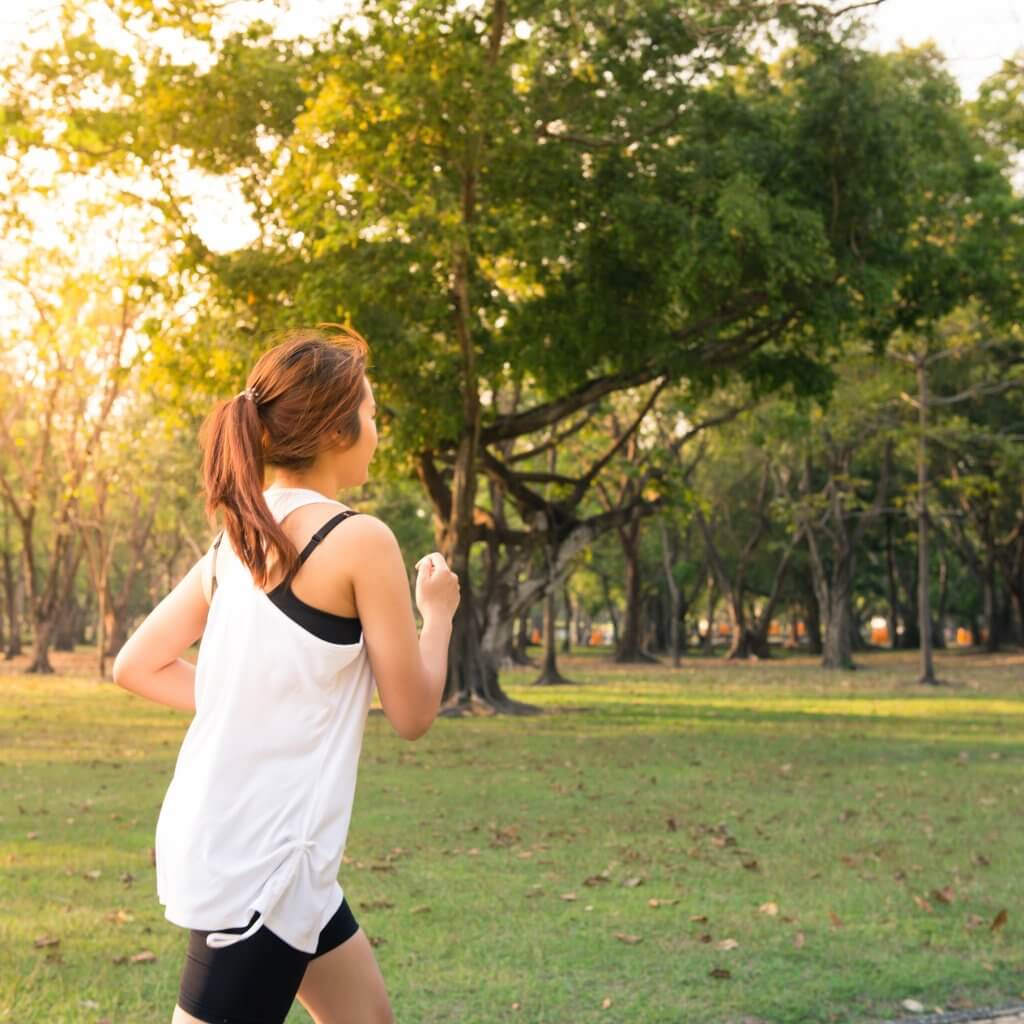
- A decrease in prolactin reduces breast tenderness and swelling. It is believed that aerobic exercise in non-athletes may cause a reduction in the hormone prolactin. This reduction in prolactin may be responsible for a reduction in breast tenderness and swelling experienced as part of PMS.
- A reduction in renin (an enzyme secreted by and stored in the kidneys) activity and increase in estrogen and progesterone levels as a result of exercise may reduce the swelling of hands and feet during PMS. This takes place through a reduction in the serum levels of aldosterone, as well as a reduction in the re-absorption of sodium and water.
- By balancing out estrogen and progesterone levels. This is believed to lead to a general reduction in physical symptoms of PMS.
- An increase in prostaglandins and other substances as a result of exercise reduces lower back pain, as well as discomfort in the pelvis and abdomen. This happens via the repetitive contractions associated with aerobic exercise that result in an increased return of venous blood.
- One study found that regular regular physical activity leads to reduced levels of the hormone norepinephrine at rest, which results in a lower heart rate and blood pressure at rest. This was found to have a positive impact on the mental aspects of PMS.
- Endorphins secreted as a result of exercise may boost mood and mask the physical pain symptoms caused by PMS.
Tips for Making Exercise More Bearable During Your Period
So now that we’ve established just how beneficial exercise is before and during your period, let’s have a look at a few ways in which you can make it more tolerable:
- Stay hydrated. The combination of physical activity and adequate hydration may help alleviate bloating caused by PMS.
- Use appropriate protection and change frequently. No one wants to be bogged down by constant worrying about potential leakage. So wear the appropriate protection products and plan your run and route in such a way that you are able to change products frequently.
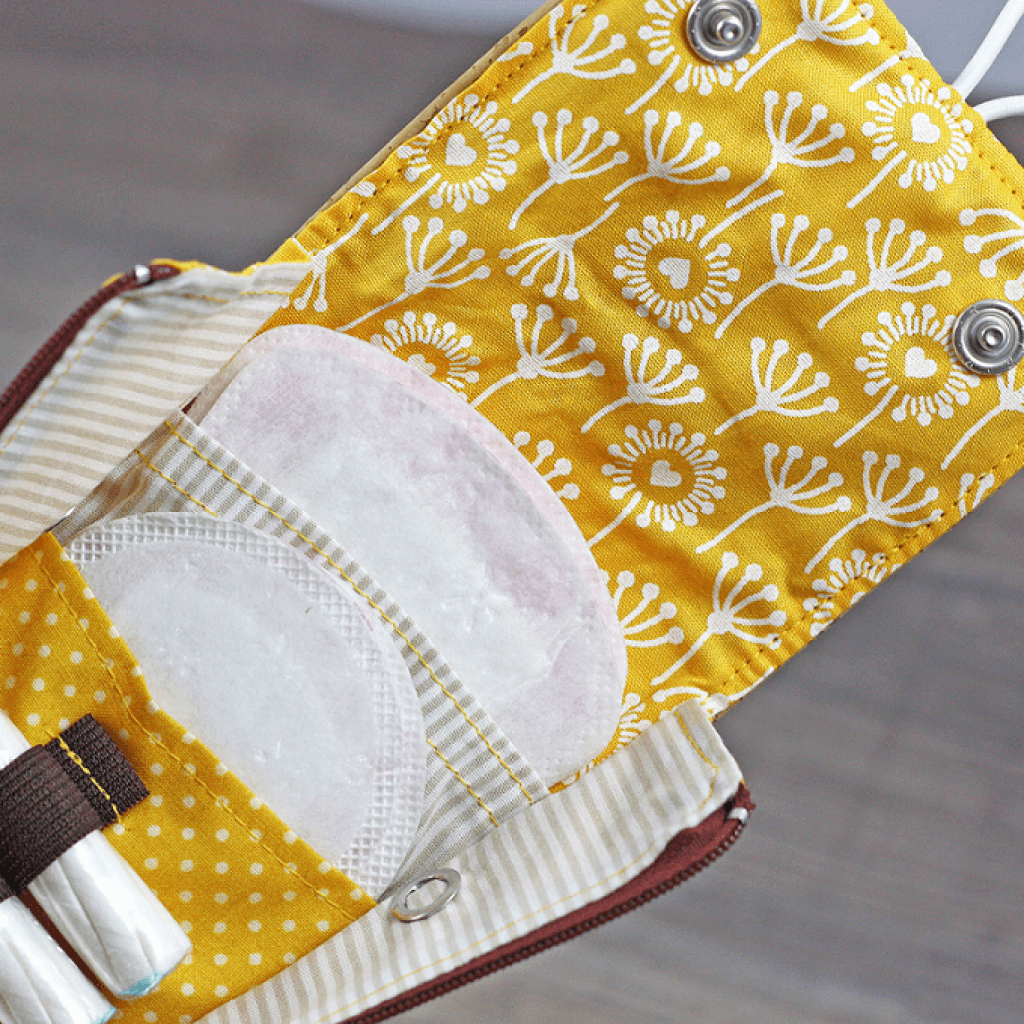
- Wear dark-colored, loose and comfortable clothing. Bloating and potential leakage can make you feel uncomfortable and self-conscious. Do yourself a favor and wear dark-colored, loose-fitting exercise gear during your period. Rock the form-fitting, lighter colors on another day.
- Run with a friend. Motivation levels are often higher when you buddy up.
- Coach Jenny Hadfield recommends monitoring and keeping record of your stronger, as well as more challenging times of the month training-wise. Become familiar with the high- and low points of your cycle, and, where possible, try to plan key races and hard workouts around this.
- If your PMS symptoms are really severe, switch up running for gentler activities such as pilates, swimming or cycling during this time.
The Takeaway
So while it’s definitely not the easiest thing to do, there’s no denying the benefits of regular exercise in the days leading up to and during your period. Why not give it a try? Who knows, with proper planning, preparation and a positive mindset you might just find that exercise becomes the one PMS management tool that you cannot do without.
Sources
- , Does exercise help with PMS?, Online publication
- , Running & menstruation: Running in cycles, Online publication
- , The effects of 8 weeks of regular aerobic exercise on the symptoms of premenstrual syndrome in non-athlete girls, Scientific journal
- , Exercise: A prescription for PMS, Online publication
- , What is PMS?, Online publication
Latest Articles
 Is Running on a Treadmill Easier Than Running Outside?Runners have their own preferences, whether it is treadmill running, running outside on the road, or exploring trails. So...
Is Running on a Treadmill Easier Than Running Outside?Runners have their own preferences, whether it is treadmill running, running outside on the road, or exploring trails. So... Is It OK to Use Trail Running Shoes on the Road?While trail running shoes can be used on roads, especially in situations where a runner encounters mixed terrains or pref...
Is It OK to Use Trail Running Shoes on the Road?While trail running shoes can be used on roads, especially in situations where a runner encounters mixed terrains or pref... How to Fix Sore Quads After Running?Rest, ice, gentle stretching, and over-the-counter pain relievers can help soothe sore quads after running. Also, ensure ...
How to Fix Sore Quads After Running?Rest, ice, gentle stretching, and over-the-counter pain relievers can help soothe sore quads after running. Also, ensure ... 10 Fruits With The Most Electrolytes to Replace Sports DrinksThese fruits are high in electrolytes such as potassium, magnesium, and calcium, essential for hydration, muscle function...
10 Fruits With The Most Electrolytes to Replace Sports DrinksThese fruits are high in electrolytes such as potassium, magnesium, and calcium, essential for hydration, muscle function...

